How Did I Get Gallstones
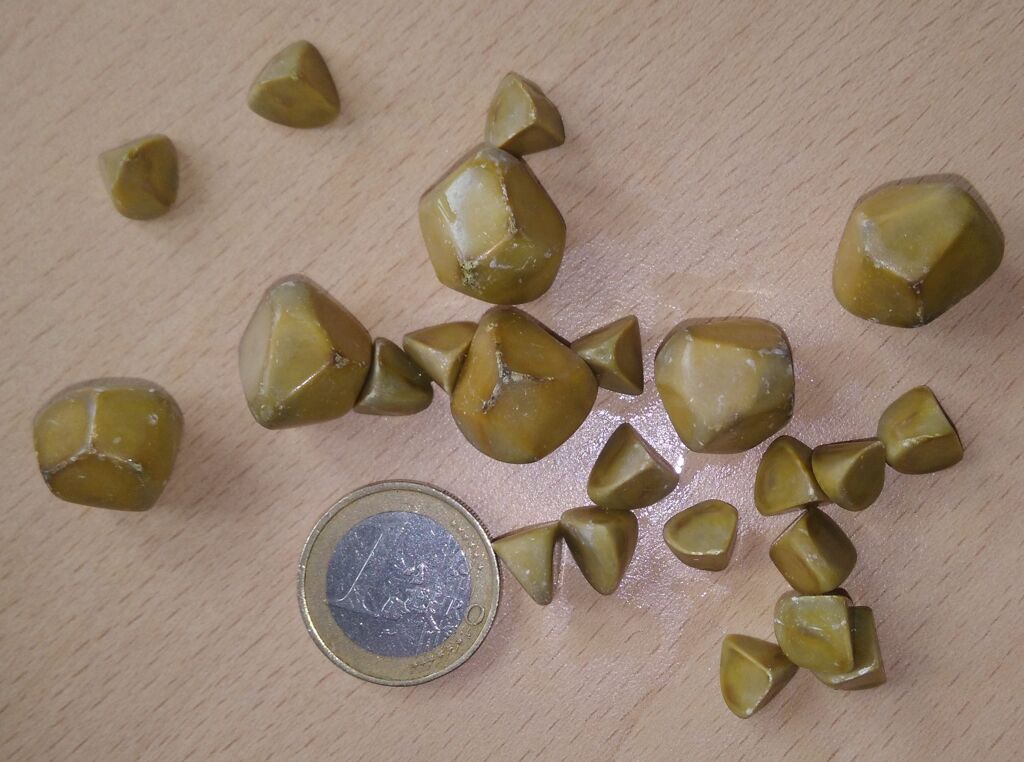
How Did I Get Gallstones? This week we write about gallstones and why they develop. In next week’s part 2 on gallstones, we will discuss solutions and ways to prevent gallstones. Please stay tuned for part 2 next week.
INTRODUCTION
Gallstone disease is quite common, affecting up to 15% of adults (Di Ciaula, 2018). This is why the question of “how did I get gallstones” is such an important one to answer.
Gallstones are small, hard deposits that form inside the gallbladder. The gallbladder is under the liver in the upper right region of the abdomen.
Gallstones can vary in size from a grain of sand to the size of a golf ball. Some people develop just one gallstone, while others may develop many gallstones at the same time. Most gallstones are cholesterol gallstones, found in more than 80% of patients with gallstones (Di Ciaula, 2018).
Function of the Gallbladder & Bile:
The main purpose of the gallbladder is to store bile, which is needed for the digestion of fats in food. Bile from the gallbladder also helps to absorb fat-soluble vitamins and nutrients. Bile is produced by the liver. It travels from the liver’s hepatic ducts into the gallbladder, where it is stored. Eating a meal that contains even a small amount of fat signals the gallbladder to release bile, which flows through two small tubes or ducts into the upper part of the small intestine, where it will help to digest fats.
Gallstones Symptoms:
Symptoms may not be obvious until gallstones reach a certain size or if the gallstone obstructs the bile ducts. If a gallstone gets stuck in a duct and causes a blockage, the resulting signs and symptoms may include:
- Severe and sudden pain in the upper right abdomen and possibly extending to the upper back between the shoulder blades
- Back pain
- Pain in the right shoulder
- Fever and shivering
- Severe nausea and vomiting
- Jaundice (yellowing of the skin or eyes)
- Clay colored stools or dark urine
- Burping
- Diarrhea and indigestion
It is best to prevent gallstones from forming, rather than having to address already formed stones. If people begin to struggle with fat digestion, that can be an early sign that there may be some need to address the gallbladder. A stool test can show steatocrit, a marker for fat in feces. This is a reliable marker and if elevated, might indicate an issue with the gallbladder. Sometimes this can elevate before someone experiences symptoms.
Another helpful way to look at gallbladder issues is by assessing for risk factors. If someone is overweight and has blood sugar imbalance or metabolic syndrome, as many Americans do in their 40’s or older, it can be helpful to consider gallbladder support, a steatocrit test or an ultrasound to see whether stones are in a period of early formation.
You are probably still thinking “How did I get gallstones?” Risk factors for gallstones are (Di Ciaula, 2018):
- Being overweight
- Cigarette smoking
- Physical inactivity
- Diabetes
- Hypertension
- Hypercholesterolemia or high cholesterol
- Cirrhosis
- Certain medications for lowering cholesterol or those that have a high estrogen content
To Read About Blog Topic, Scroll Down
Want To Work With Our Clinic?
Do you have a chronic or mystery illness that no one has been able to help you with? Are you simply wanting to re-connect with a healthier version of yourself? It’s Time To Finally Feel Better!
CAUSE OF GALLSTONES: The direct cause of gallstones is an excess of cholesterol, bilirubin or bile salts.
However, in Functional Medicine we are interested in getting to the root cause(s) of gallstones:
Major pathogenic factors for cholesterol gallstones include (Di Ciaula, 2018):
- Obesity
- Type 2 diabetes
- Non-alcoholic fatty liver disease
- Metabolic syndrome itself: As defined by the presence of at least 3 of the following: abdominal obesity, high blood pressure, high fasting glucose, increased triglyceride levels and reduced HDL levels (Stinton LM, 2012). Metabolic syndrome has been associated with gallstone complications (Stinton LM, 2012).
- Altered gut microbiota
- Insulin resistance
- Genetic background
- Sluggish gallbladder
- Inflammatory changes in the gallbladder
- Slow intestinal motility
- Increased intestinal absorption of cholesterol
It’s not your genes! We know you probably think you got gallstones because of your genes. Most people think this!
A genetic predisposition is not sufficient to promote cholesterol gallstones. This is supported by studies on twins, where genetic factors play a role inno more than 25 to 30% of subjects with gallstones (Di Ciaula, 2018). Genes can provide an increased risk of forming gallstones, but several environmental or epigenetic factors such as diet, physical activity levels and exposure to chemicals such as heavy metals or pesticides play a crucial role in determining if someone will develop gallstones (Di Ciaula, 2018).
“All disease begins in the gut.” Hippocrates
Gut bacteria collected from patients with gallstones show imbalances in the gut (Di Ciaula, 2018).
Leaky gut or intestinal permeability can also be a factor in gallstones (Kosters A, 2010). As we have written, if the gut lining is permeable, then toxins, microbes and other undesirable substances will escape from the gut into circulation in the body. This will prompt an immune response to fight off the foreign invaders and inflammation will ensue. This inflammation will affect the functioning of the biliary system; the gallbladder, liver and bile ducts; which are involved in gallstone formation (Kosters A, 2010). Thus, leaky gut creates inflammation which will lead to issues with gallbladder function and an impaired gallbladder can contribute to gallstones.
Sluggish Gallbladder Motility & Insulin Resistance:
Gallbladder motility issues is a major risk factor for cholesterol gallstone formation (Di Ciaula, 2018).
Insulin Resistance:
Hyperinsulinemia, or excessively high insulin levels, may play an important role in the cause of gallstones, even in individuals without diabetes and with normal serum glucose levels (Misciagna G, 2000).
Hormones:
Women have an increased prevalence of gallstones compared with men because of the influence of estrogen on cholesterol metabolism (Di Ciaula, 2018). Therefore, for prevention, it is important to avoid endocrine disruptors and exogenous estrogenic compounds. In addition, the hormone insulin is involved in gallstone development. Insulin resistance, diabetes and high levels of insulin are often seen with gallstones (Di Ciaula A, 2018).
——- To Be Continued ——
The causes of gallstones are varied but primarily relate to metabolic syndrome which is preventable, gut issues which can be treated and hormonal imbalances which can also be treated. Thank you for reading this article “How did I get gallstones”!
Please read on next week in Gallstones Part #2 where will discuss what to do if you have gallstones and how to prevent them from developing in the first place.
If you would like help with gallstones now, then please get in touch with us. Book a free 15-min discovery call to see how we can help you with your symptoms. We can answer your questions and help you book an initial consult with one of the functional medicine doctors in our clinic.
Book My Free Phone Health Evaluation Functional Medicine Certification for Clinicians
Are You Suffering From A Chronic Illness?
Does your current health situation look like this…
- Do you feel that you have tried many things and either nothing works, or the treatment does not hold?
- Have you been told that there is nothing that can be done to reverse your illness and you just need to manage symptoms?
- Does your illness impact your work, your family, your happiness and your social life?
We specialize in finding answers and solutions for complicated chronic illness when people feel like they have tried everything. If this sounds like you, book a free call with us to see if we are the right fit for your health goals.
Dr. Miles has spoken for the following organizations:

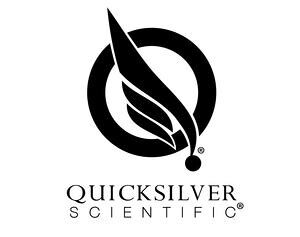








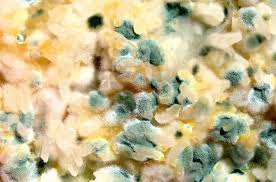

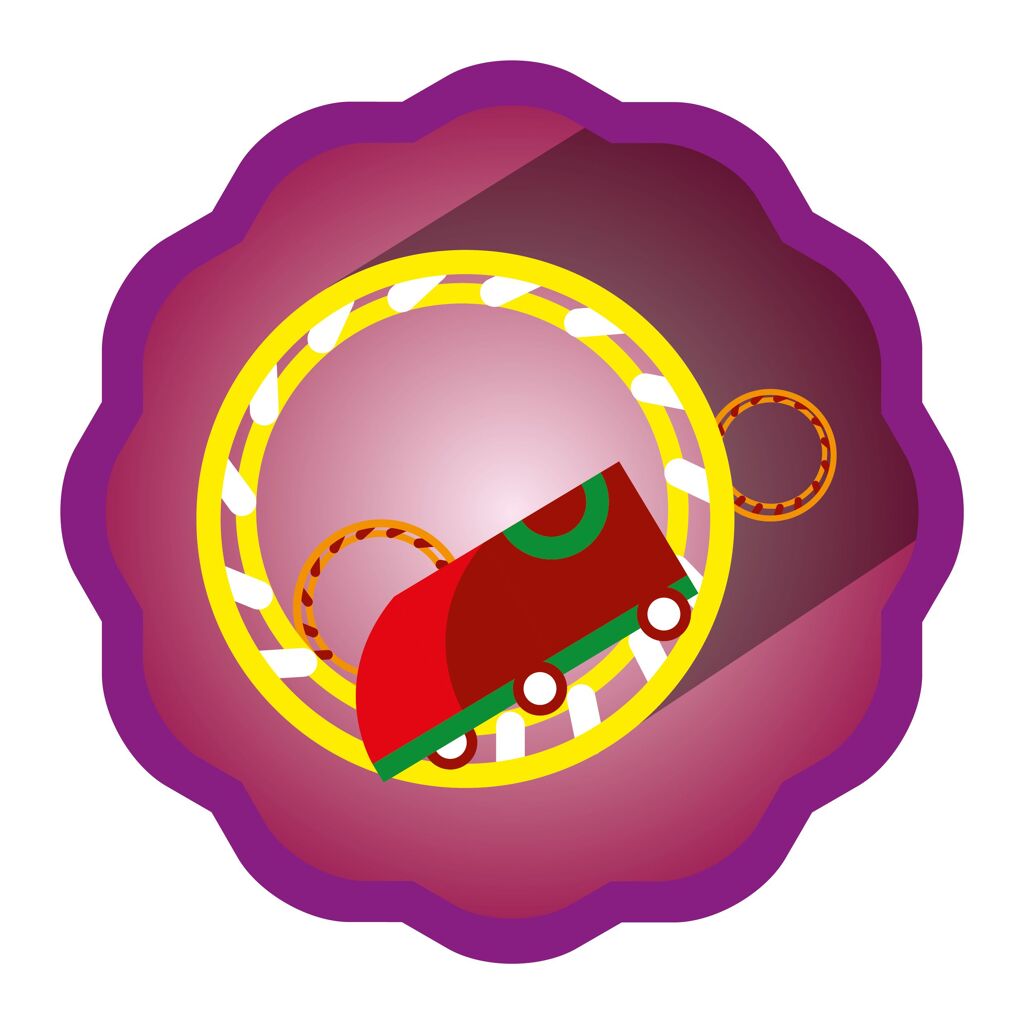



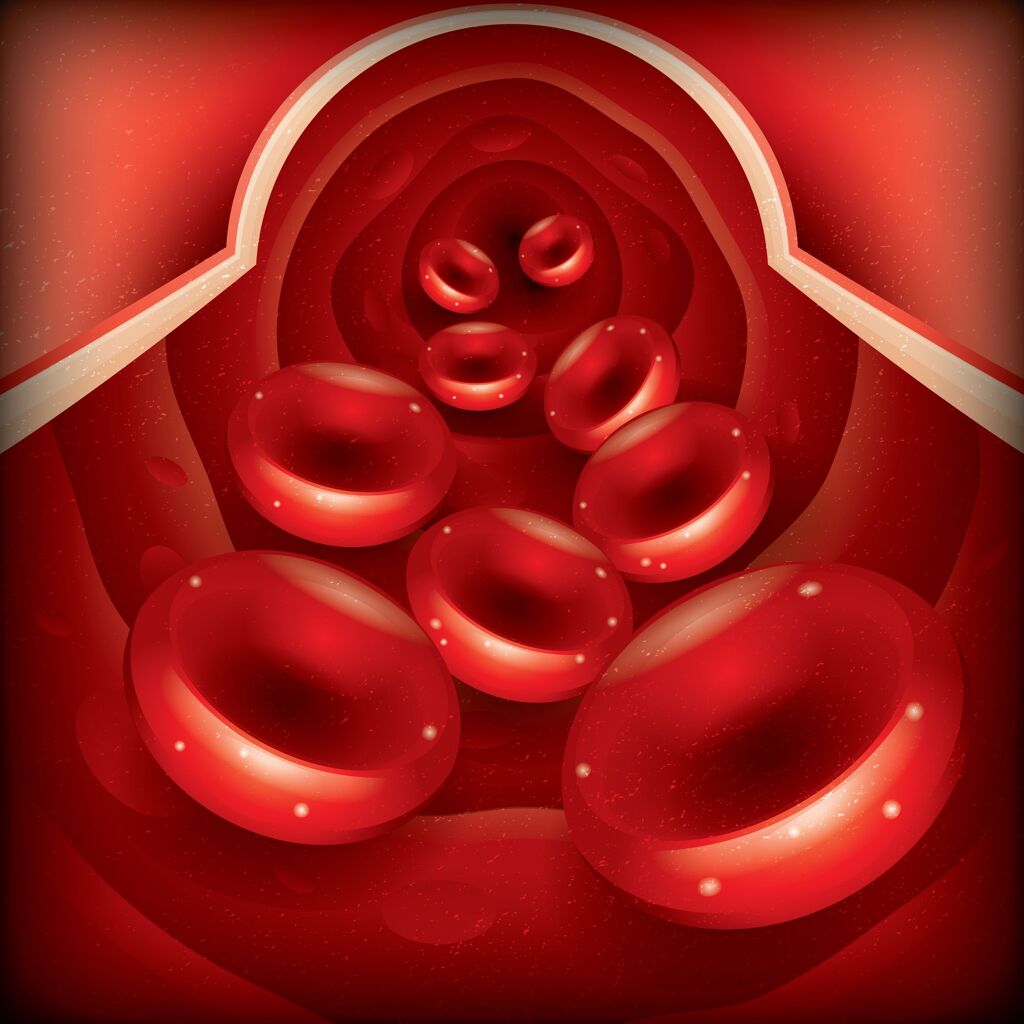

Responses